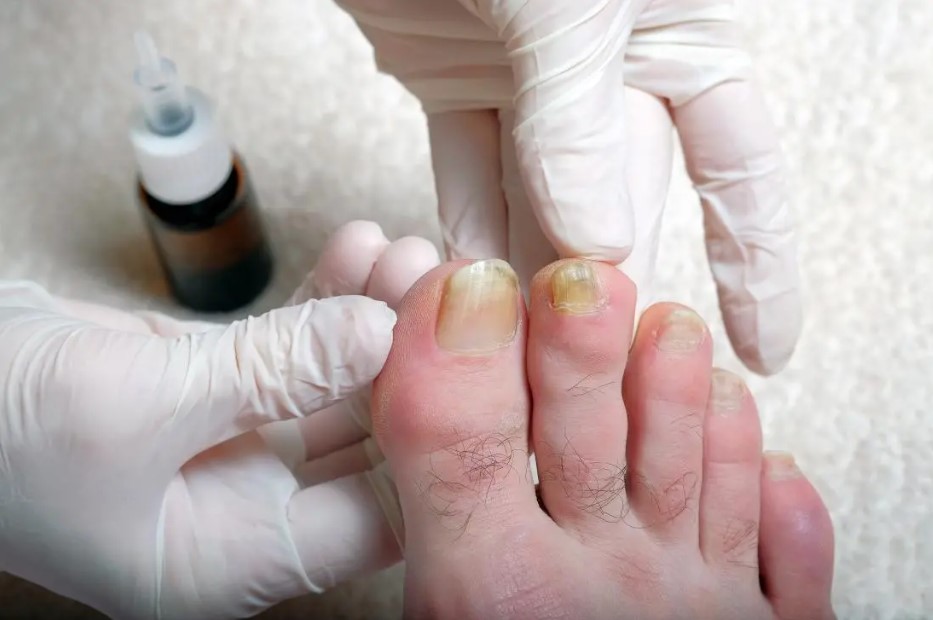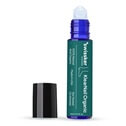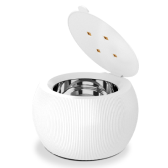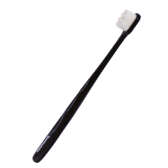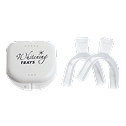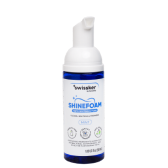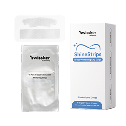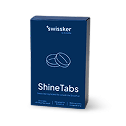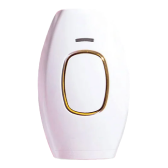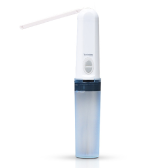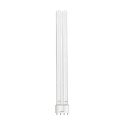How to treat my thick toenails? A common question I hear from many of my senior patients, and I want you to know that you’re not alone in this. In fact, about half of all adults over 70 experience thickened toenails, or onychauxis as we call it in medical terms. But don’t worry – there are plenty of effective treatments we can explore together.
In this comprehensive guide, we’ll explore various treatment options, and prevention strategies tailored specifically for seniors. Whether you’re looking how to get rid of thick toenails, how to fix thick toenails, or simply understand how to manage them better, this article will provide you with the knowledge and tools you need.
Understanding Thick Toenails:
First, let’s talk about why your toenails might be thickening. As we age, our nails naturally grow more slowly and can become thicker. This is partly due to reduced blood flow to our toes and years of exposure to the elements. But age isn’t the only factor at play here. You can read our article dedicated to know what causes thick toenails.
Sometimes, years of wearing shoes that don’t quite fit right can cause repeated minor trauma to the nails. Fungal infections are another common culprit – they can cause nails to thicken and discolor. And if you have certain medical conditions like diabetes or psoriasis, these can contribute to nail thickening too.
Common Symptoms and Appearance:
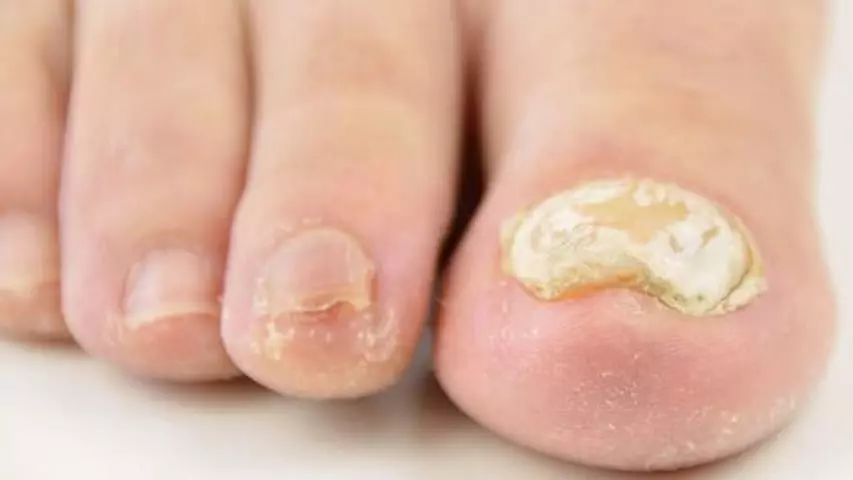
Thick toenails often appear:
- Yellowish or brownish in color
- Brittle or crumbly
- Difficult to cut or trim
- Raised or separated from the nail bed
Potential Health Implications
Now, you might be wondering what thick toenails mean for your overall health. Well, if left untreated, they can cause some discomfort. You might find it harder to wear your favorite shoes comfortably, or you could be at higher risk for fungal infections. Some of my patients even notice that thick toenails affect their balance or make walking less comfortable. But don’t fret – we have plenty of treatment options to explore.
Home Remedies for your Thick Toenails
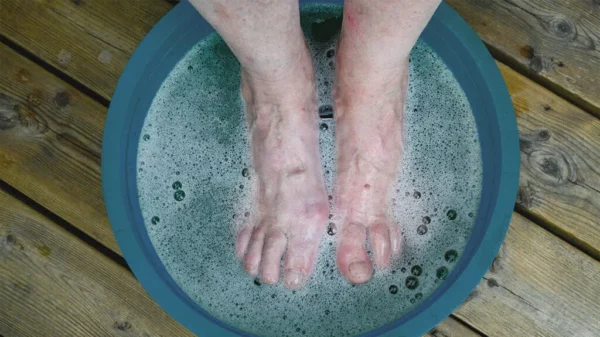
Let’s start with some home remedies you can try. One of the simplest things you can do is to soak your feet in warm water for about 10-15 minutes before you trim your nails with the Swissklip toenail clipper.
This softens them and makes them easier to cut. You can add some Epsom salt to the water if you like – it has potential antimicrobial benefits. Some of my patients swear by a vinegar soak – equal parts water and vinegar – which might help combat fungal growth.
There are also some natural treatments you can try at home. Tea tree oil, when applied to the nails, has antifungal properties that can be beneficial. Just be sure to dilute it first – we don’t want to irritate your skin. Olive oil or coconut oil can be great for improving hydration and potentially reducing thickness. Massaging these into your nails daily can make a difference over time. And here’s an interesting one – some studies suggest that applying Vicks VapoRub to thick nails might help reduce thickness and improve their appearance.
If these home remedies aren’t quite doing the trick, we have several over-the-counter products that can help. Urea-based creams are excellent for softening thick nails and improving their appearance.
If we suspect a fungal infection might be contributing to the thickness, we have the Swissklip Anti-Fungal Stick, a highly effective fungus treatment that restores the appearance of damaged nails.
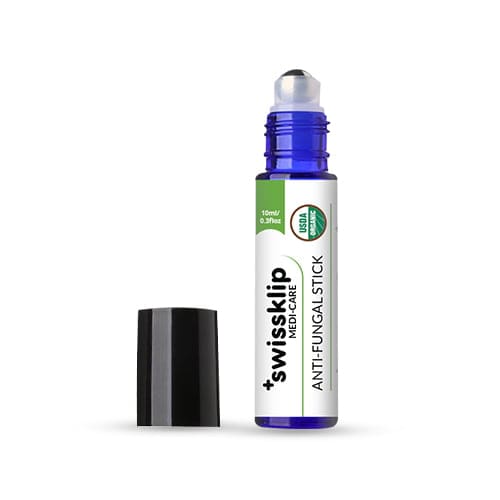
Medical Treatments for Thick Toenails
Now, for those who prefer sticking to oral antifungal medications, there’s some options for that too. Surely, these are quite effective, but we’ll need to monitor you closely as they can have side effects on your liver and your body. That’s why it’s always best to use natural ingredients solutions first like Swissklip’s Anti-fungal Stick.
Professional Nail Care Procedures:
In some cases, professional nail care procedures can be very helpful. As a podiatrist, I can safely trim and thin thick nails using specialized tools. There’s also a procedure called nail debridement, where we remove the thickened nail material to reduce pressure and discomfort. These treatments can provide significant relief, especially if you’re finding it difficult to care for your nails on your own.
Surgical Options for Severe Cases
In very severe cases, we might consider surgical options. This could involve removing part of the nail (partial nail avulsion) or, in extreme situations, removing the entire nail (total nail avulsion). But don’t worry – these are last resorts, and we have many other options to try first.
Lifestyle Changes to Improve Toenail Health

Alongside these treatments, there are lifestyle changes that can make a big difference.
Proper foot hygiene is crucial – keep those feet clean and dry, change your socks daily, and consider using an antifungal powder in your shoes. Your diet plays a role too. Staying hydrated and eating foods rich in biotin (like eggs and nuts) can support nail health. And don’t forget about your shoes! Wear ones that fit well and allow your toes to move. Breathable materials like leather or canvas are best.
I know managing thick toenails can be challenging, especially if you have limited mobility or conditions like diabetes or arthritis. If you’re finding it hard to care for your nails, don’t hesitate to ask for help. There are long-handled tools designed for seniors, or you might consider getting professional nail care regularly.
Remember, it’s important to be patient with treatment. Nails grow slowly, so it can take several months to see significant improvement. But with consistent care, most people see positive changes over time.
Lastly, I want to emphasize the importance of prevention. Regular nail care – trimming nails straight across, filing rough edges, and daily moisturizing – can go a long way in preventing thickness. Keep an eye out for any changes in your nails and address them promptly. And if you’re prone to athlete’s foot, treating it quickly can prevent it from spreading to your nails.
I hope this gives you a good overview of how we can approach treating your thick toenails. Remember, everyone’s situation is unique, so we’ll work together to find the best treatment plan for you.
FAQs About Treating Thick Toenails
Q: How long does it take to see improvement in thick toenails?
A: Improvement can take several months, as nails grow slowly. Consistency in treatment is key.
Q: Can thick toenails be completely cured?
A: While complete reversal may not always be possible, significant improvement can be achieved with proper treatment and care.
Q: Are there any risks associated with treatments for thick toenails?
A: Some treatments, particularly oral medications, may have side effects. Always consult with a healthcare provider before starting any new treatment.
Q: How can I prevent thick toenails from recurring?
A: Maintain good foot hygiene, wear properly fitting shoes, and address any underlying health conditions that may contribute to nail thickening.
Q: Should I be concerned about thick toenails if I have diabetes?
A: Yes, individuals with diabetes should pay extra attention to foot health, including nail care. Regular check-ups with a podiatrist are recommended.
Conclusion
Treating thick toenails in seniors requires patience, consistency, and often a combination of approaches. From home remedies to medical treatments, there are numerous options available to improve the health and appearance of your toenails. Remember, what works best can vary from person to person, so don’t be discouraged if the first method you try isn’t effective.
By incorporating proper foot care into your daily routine and addressing thick toenails proactively, you can maintain better foot health and overall well-being. If you’re unsure about the best course of action or if your thick toenails are causing significant discomfort, don’t hesitate to seek professional advice from a podiatrist or dermatologist.
Take the first step towards healthier toenails today. Your feet have supported you for a lifetime; now it’s time to give them the care they deserve.



